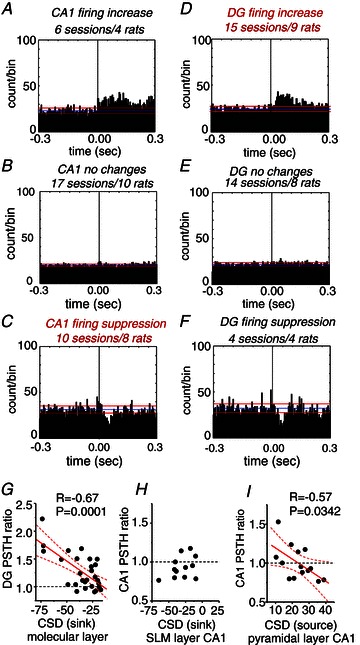Figure 3. Hippocampal multi-unit activity (MUA) responses to somatosensory stimulation.

All histograms represent cumulative data. A, MUA recordings obtained from the stratum pyramidale of the CA1 region in 6 stimulation sessions from 4 rats exhibited significant firing increase after somatosensory stimulation. The blue and red lines mark the mean and standard deviation of the baseline firing rate, respectively. B, no statistically significant changes were found in 17 sessions from 10 rats. C, firing suppression was observed in 10 stimulation sessions (8 rats). D, in the granular layer of the dentate gyrus (DG), significant increases of MUA were observed in 15 stimulation sessions from 9 rats. E, no significant changes were seen in 14 sessions (8 rats). F, firing suppression in the DG was evident in only 4 stimulation sessions from 4 rats. G, correlation between the magnitude of the CSD sink at the molecular layer of the DG and the corresponding change of MUA firing recorded at the granular cell layer. PSTH ratios larger than 1 indicate firing increases while PSTH ratios lower than 1 indicate firing suppression. H, no correlation was found between the CSD sink arriving at the stratum lacunosum moleculare (SLM) of CA1 and the MUA recorded at the stratum pyramidale of CA1. I, negative correlation between the CSD source recorded near the CA1 stratum pyramidale and the PSTH ratio suggest the presence of an active inhibitory process. Dashed lines represent the 95% confidence bands.
